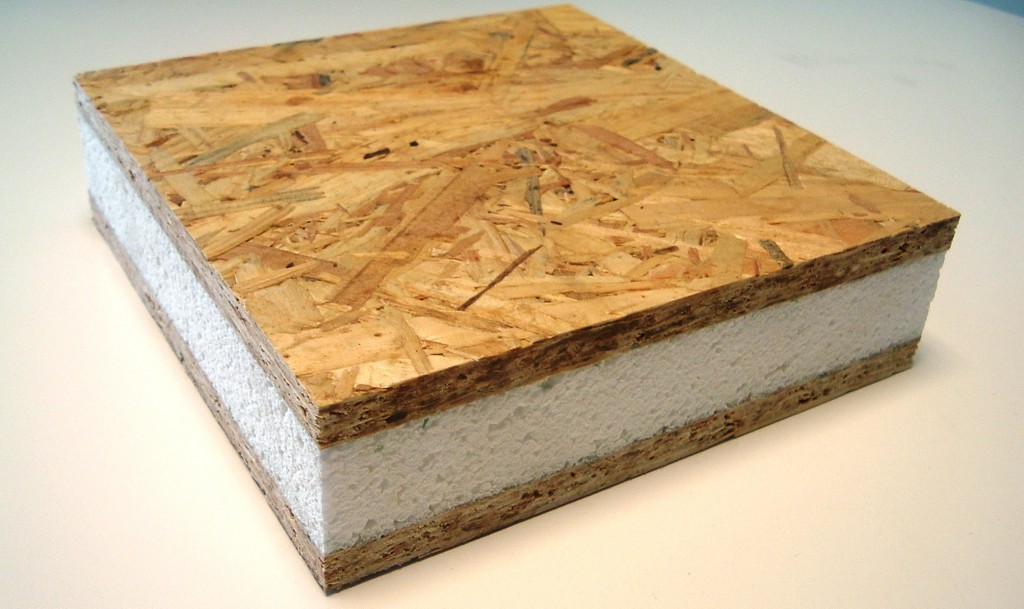Simply SIPs
By Christopher J. Naum, SFPE on Mar 09, 2019 with Comments 0
On the surface, a structural insulated panel (SIP) looks quite humble, resembling little more than an oversized ice cream sandwich. However, the engineered building product—which comprises little more than an insulating foam core adhered to two structural facers—can be the key for any architect looking to build a high-performance project on a tight schedule. And, in many cases, a designer doesn’t have to sacrifice aesthetics in favor of efficiency.
Like an ice cream sandwich, a SIP can come in many “flavors,” the most common of which combines an expanded polystyrene (EPS) insulation core between two layers of oriented strand board (OSB). Variants include extruded polystyrene or rigid polyurethane insulation for the core, and plywood, precast concrete, or magnesium board for the structural facers.
The system hit the commercial building market in the 1970s when SIP manufacturers began promoting their product as an alternative to standard dimensional lumber framing, primarily for the residential market in the Northeast.
SIPs can simplify and expedite the building-erection process by supplanting traditional dimensional lumber framing and fiberglass insulation with a prefabricated, all-in-one panel. Assembled under controlled factory conditions where waste can be greatly minimized, SIPs are manufactured as completely flat systems that are void of the bends and bows that can encumber wood studs. The panels, capable of handling about 10 pounds per square foot (psf) of dead loads and live loads of up to 70 psf, can also be used in roofs and floors, spanning as much as 18 feet without the need for additional structural support.
In spite of these benefits, SIPs have not made significant headway into the framing market. Lumber has remained relatively cheap—between $15 and $30 per square foot—and framers aren’t all that expensive either.
Full article, HERE
- Slide show: http://www.builderonline.com/building-materials/structural-insulated-panels-can-be-an-efficient-and-economic-solution-for-sustainable-design.aspx?playList=playlist____10_1528314&plItem=4
- From: ARCHITECT September 2012
Filed Under: Anatomy of Buildings • Engineered Systems & Materials
























